How color paints our world
Story, video and photos by Nico Mendoza
Visuals Editor
Skin color has long been a talking point for many individuals; for some it is their life. These are our stories, our lives and our realities.
Being born into this world, we did not ask to have a specific skin color; we asked to be full of life and treated with respect by those around us. We asked to coexist with our peers in education, work and daily life. However, we have been given a quality -- an identifier -- that many of our peers do not hold, and that is the color of our skin.
From birth, the color of our skin has predetermined the successes we will have in life. It has contributed to the financial gain and treatment we have received from others.
We cannot change the color of our skin. We did not choose this quality, regardless of whether we received subjective or objective treatment.
Central Michigan University is a 14,411-student institution in Mount Pleasant, Michigan. According to fall enrollment data, the institution had 2,044 first time in any college (freshmen) students enrolled. Of those, white students outnumbered Black, Indigenous and Persons of Color (BIPOC) students nearly 3-to-1.
Through photos, video and audio gathered over the course of a year, Visuals Editor Nico Mendoza took a deep dive into the realities and experiences of minority and marginalized students and youths living, working and studying in or around the predominately white institution.
Mendoza, the product of a mixed-race household, spoke with students from across socioeconomic, cultural and ethnic backgrounds, researched the impact of legacy redlining and listened to stories of those nurtured in cultural traditions far removed from their biology.
The portraits in this series were shot in black and white with natural window lighting. Click on the i in the upper left-hand corner of the image to read and learn more about the student's experience.
BEYOND THE DIVIDE
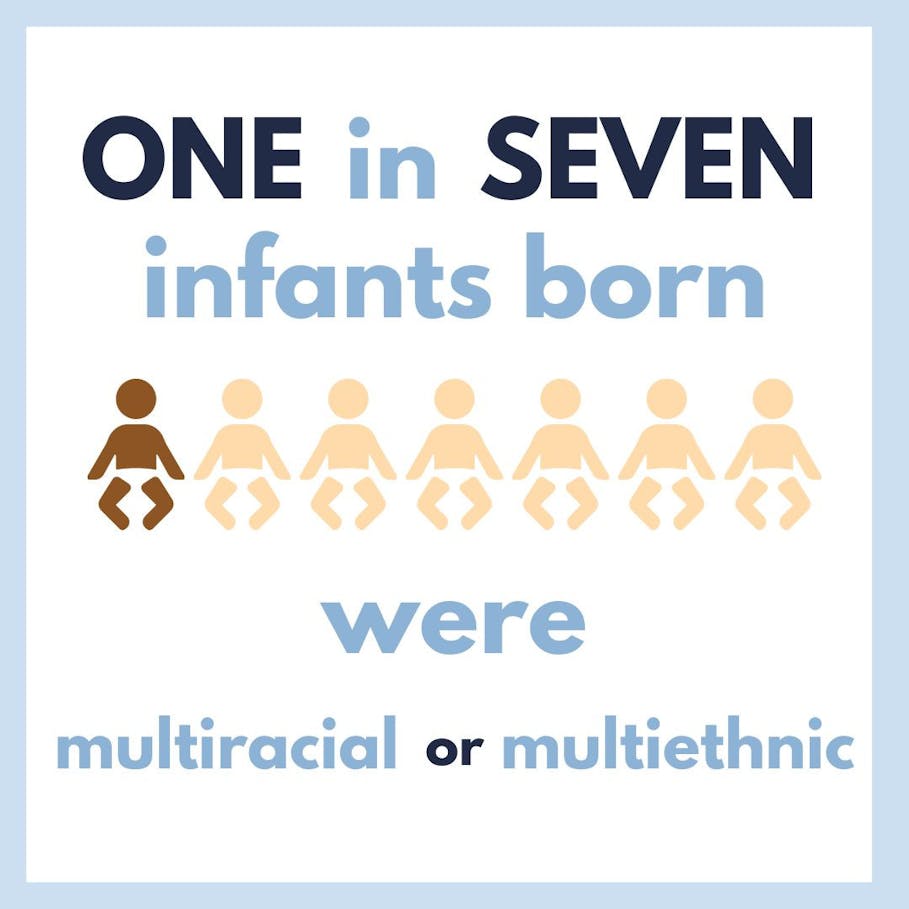
In the United States, the multiracial population has increased substantially in 10 years, as the U.S. Census Bureau indicates. In the 2010 Census, the population of those identifying as “Two or More Races" (or multiracial) was measured at 9 million people. In the 2020 Census, that number increased to 33.8 million people, a 276% increase in a decade. At the same time, the white population decreased by 8.6%.
The increase in the population of multiracial individuals is a significant change in the United States’ demographics and, additionally, the family structure. It has become much more diverse, with families becoming racially blended and an associated increase of multiracial children.
In 2015, one in seven infants born in the United States was multiracial or multiethnic, according to the Pew Research Center, almost three times the number of multiracial or multiethnic infants born in 1980. The increase in multiracial and multiethnic infants is attributed to the legalization of interracial marriage in 1967.
Understanding one's racial identity while being mixed has become a topic of discussion for many multiracial individuals.
Emily Hansard, a Central Michigan University junior, was raised by a Black father and a white mother. The connection to her white culture has dominated her Black identity. Still, she said, when she could connect to that side of the family, it felt good.
“We had moved away from all my Black family when I was young, so it left spending time with my mom’s, stepmom’s and stepdad’s families, who were all white,” she said.
Though Hansard does not have many opposing viewpoints regarding her household dynamics growing up, she does recognize that she grew up in a white-dominant household and geographical area that made it hard for her to connect to her Black culture. This was apparent to her when she entered high school.
“By the time we got to high school, cliques and friend groups had been built, so I continued to spend time with the same people I always had,” she said. “I always felt the disconnect because, living in a super-white area, I was still often one of the only POC in my classes -- and despite being very similarly entrenched in a similar culture, I still felt different.”
Hansard has also found that her self-image has suffered due to her mixed identity. She struggled to say she is Black or white enough for either side of her multiple identities. This causes her to feel that her childhood is much different than those who aligned themselves with one singular culture, especially in knowledge, media and cultural norms.
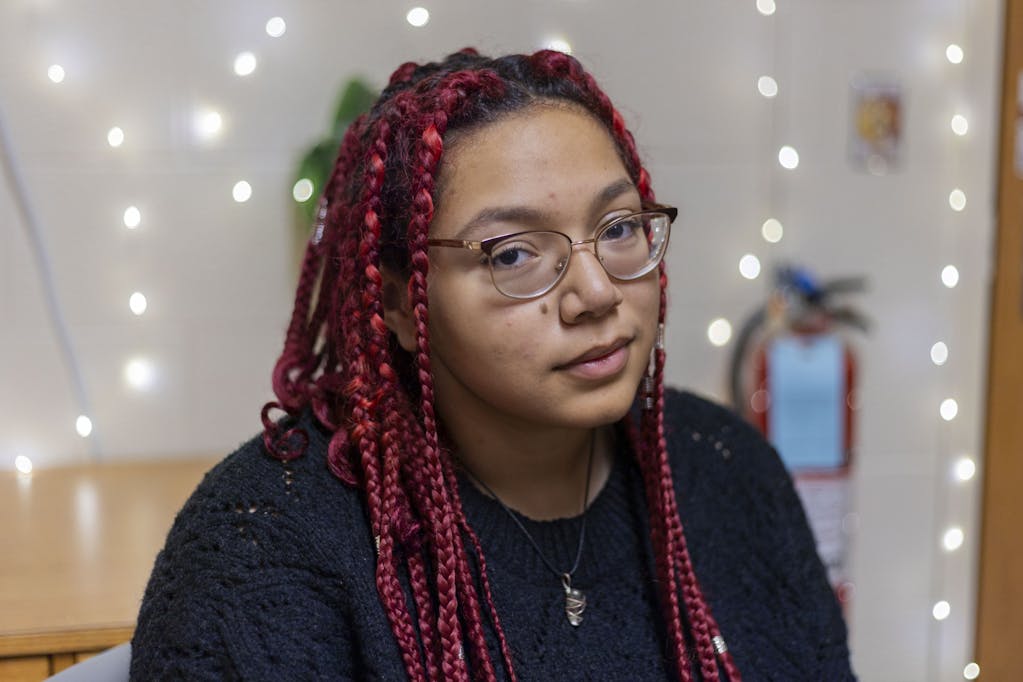
“It’s a pretty internal debate trying to balance my cultures on a tightrope,” she said.
Understanding racial identity is also applicable to those who were adopted by a race other than their own, also known as transracial adoption. In a study conducted by the United States Office of the Assistant Secretary for Planning and Evaluation, from 2017 to 2019, the number of children adopted by those of a different race was 90%, with overall transracial adoptions being 28%.
Intercounty adoption is the process of adopting a child from another country than that of the parents adopting that child. The Annual Report on Intercounty Adoption found that in 2022, 1,517 intercounty adoptions occurred, a 15% decrease from the prior year.
Haley Krueger, a Central Michigan University senior, was adopted from South Korea, along with her brother, by white parents.
Over 200,000 adoptions have been finalized in South Korea since 1953, with most adoptees sent to the United States. Historically, South Korea has been one of the most common birth country for adoptees and, as of 2020, still ranks as the fifth-most-common nationality of adoptees.
Krueger said she feels much more connected to the culture her adoptive parents exposed her to than that of her own birth country. Though her adoptive parents were open about her and her brother's adoption, Krueger wishes that they incorporated more of her South Korean culture growing up; she finds it liberating to learn about it on her terms.
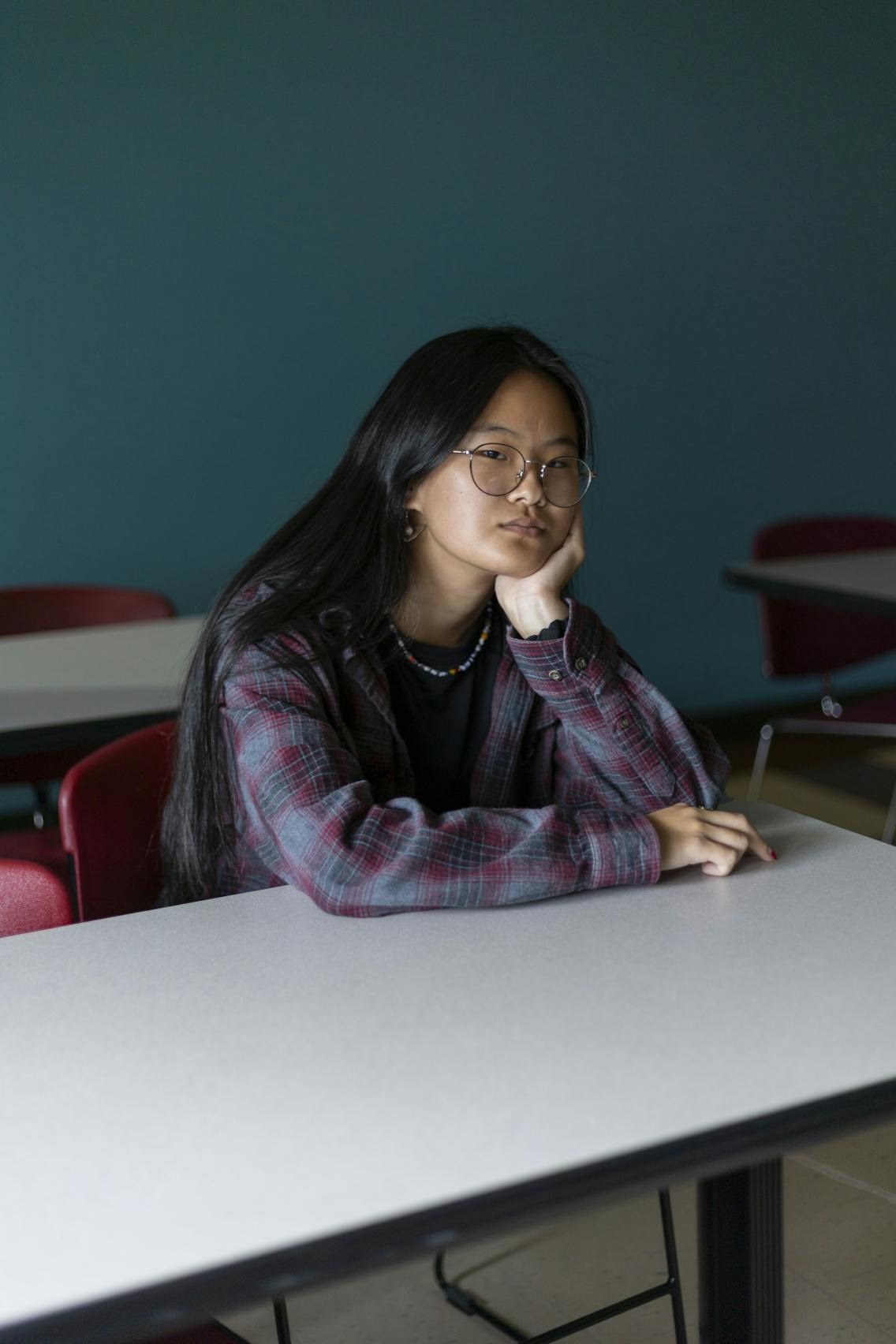
“I grew up cooking Polish foods and partaking in 'all American' traditions,” she said.
Krueger emphasized that growing up in an area that did not have any other connections to cultures beyond the one she was exposed (Ubly, Michigan) made her question where she and her brother came from, and made exploring her South Korean culture weird.
She finds it hard to look nothing like her adoptive family, but simultaneously said that she finds it beautiful how those who are not biologically related to someone, nor who share the same ethnicity, can have so much love for others.
“For a time, as a young child, I genuinely forgot about my ethnicity and just ignored it,” she said. “Imposter syndrome is hard when your community accepts you only as who they are used to.”
Furthermore, Krueger has experienced a fear of abandonment regarding her identity.
“I was never told not to talk about it, and my family is very open” about her identity and being adopted, she said. “However, it is hard when I feel like other people view it as taboo. I have a lot of anxiety about what side of me people want to see and hear.”
Redline in the sand
In the late 1980s, climate change became a global issue due to the concern over ozone layer depletion. Since then, the issue of climate change and the environment has become a daily topic.
According to the World Health Organization (WHO), individuals who are low-income and in disadvantaged communities are those who are at the most risk of suffering adverse side effects from climate change. Those who are in disadvantaged communities, such as those in poverty, are often African-American and Latino individuals.
Additionally, research has found people of color are more concerned about climate change than their white peers.
To further understand why BIPOC individuals are exposed to climate change effects significantly more than their white peers, the historical aspect of racism in the housing market must be explored.
Due to the 1930s-era New Deal, programs were offered to homeowners in the form of government-insured mortgages. However, the government added additional criteria to these programs. One of these criteria included a vetting program using a color-coded map based on a ranked risk level (A-D). Many of the D-ranked areas were neighborhoods where Black residents or other BIPOC individuals resided.
This became known as "redlining."
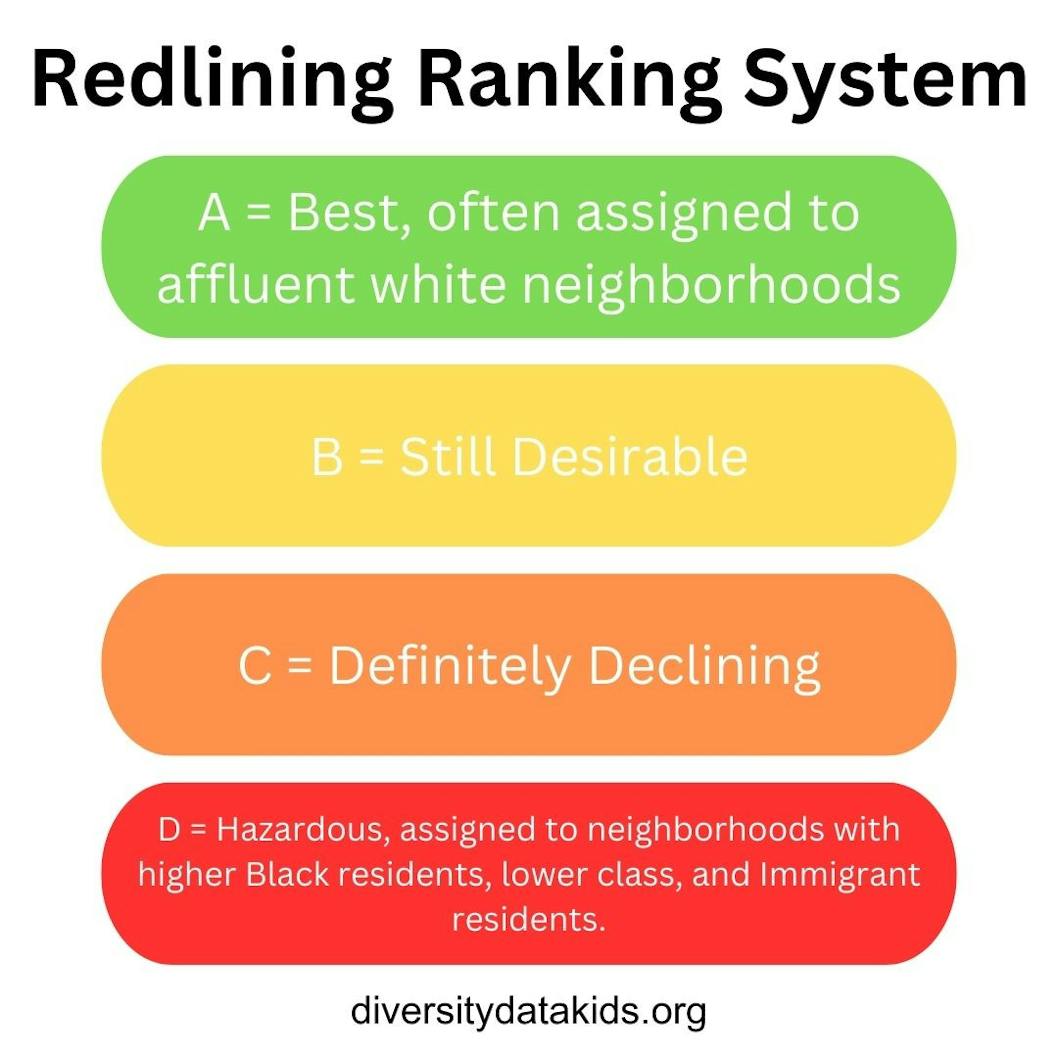
Now, in the present, redlining has been brought up in other issues, one of which is the environment.
Neighborhoods that have been known to have been historically redlined are also the same neighborhoods that have a range of health issues and hotter temperatures. Thus, BIPOC individuals are often exposed to higher levels of air pollution. Areas that are rated as D-grade tend to have 50% or more pollution than their A-grade counterparts, a concerning statistic when lung cancer, heart attacks, childhood asthma and strokes are associated with air pollution.
Hotter temperatures have been linked to previously redlined areas; these areas are frequently 36 degrees Fahrenheit warmer than higher-grade areas. Additionally, such areas have been connected to the lack of green spaces and infrastructure that traps heat.
In Michigan, areas such as Detroit, Pontiac and Flint have experienced redlining and, notably, environmental injustices.
In the city of Pontiac, Oakland County Water Resources holds one air pollution permit as of 2021; notably, the city of Pontiac has a non-white population of over 50%. The city of Detroit, where the city holds eight air pollution permits, has an average nonwhite population between 30-50%. Meanwhile, the city of Flint has five air pollution permits, with an average of 30-50% of the population being nonwhite.
In the state of Michigan, air quality permits are enforced by the Department of Environment, Great Lakes, and Energy (EGLE). The type of permits required by the EGLE include permits to Install/New Source Review, Renewable Operating Permits, Cross-State Air Pollution Rule, MACT Determination and Acid Rain Permits.
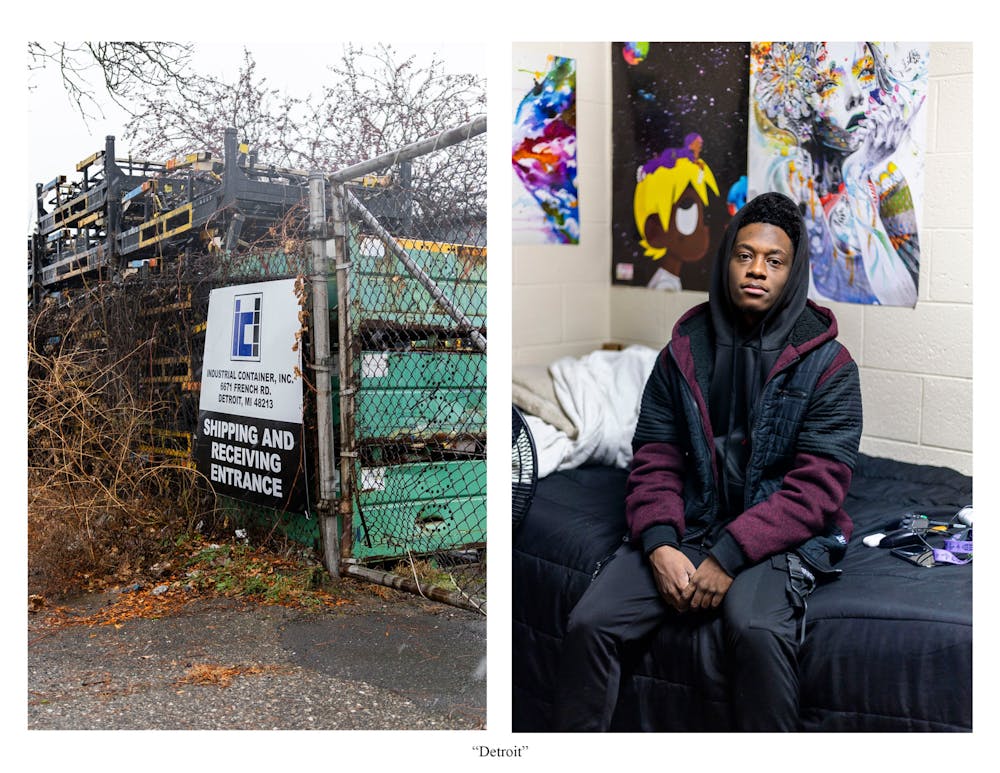
Davion Kirk, a 19-year-old Black man, a resident of Detroit and a Central Michigan University freshman, believes that environmental racism and injustices have impacted his life.
“I used to move often to predominantly white cities, and it was a clear change of pace,” he said.
In Detroit, Kirk has found that many green spaces near where he lives are overrun by gangs, violence and drug exposure. In contrast, green areas in other cities where redlining benefited the white population do not have similar issues.
The University of Michigan conducted a study that explored 1,227 urban green spaces across seven counties in early 2023. The survey counted urban green spaces as parks, community gardens, private yards/gardens, private greenspaces and sports fields.
The survey found many communities in the Southeastern region of Michigan do not have equal access to green spaces. The University of Michigan defined an accessible green space as a space that was accessible within 300 meters (0.186 miles) of a resident's home. From there, the study concluded urban green spaces are extremely unequal in 70% of the region’s urban areas. Additionally, the study concluded total area of a green space did not indicate equality, but rather, the density of green spaces did.
The unequal access to urban green spaces is a critical environmental justice issue.
Beyond the environmental racism that BIPOC individuals face, the most notable environmental injustice that has been studied and witnessed in the last ten years is the Flint water crisis. When the switch from the Huron River to the Flint River occurred, the lack of chemicals to prevent corrosion in the lead pipes affected approximately 99,000 individuals.
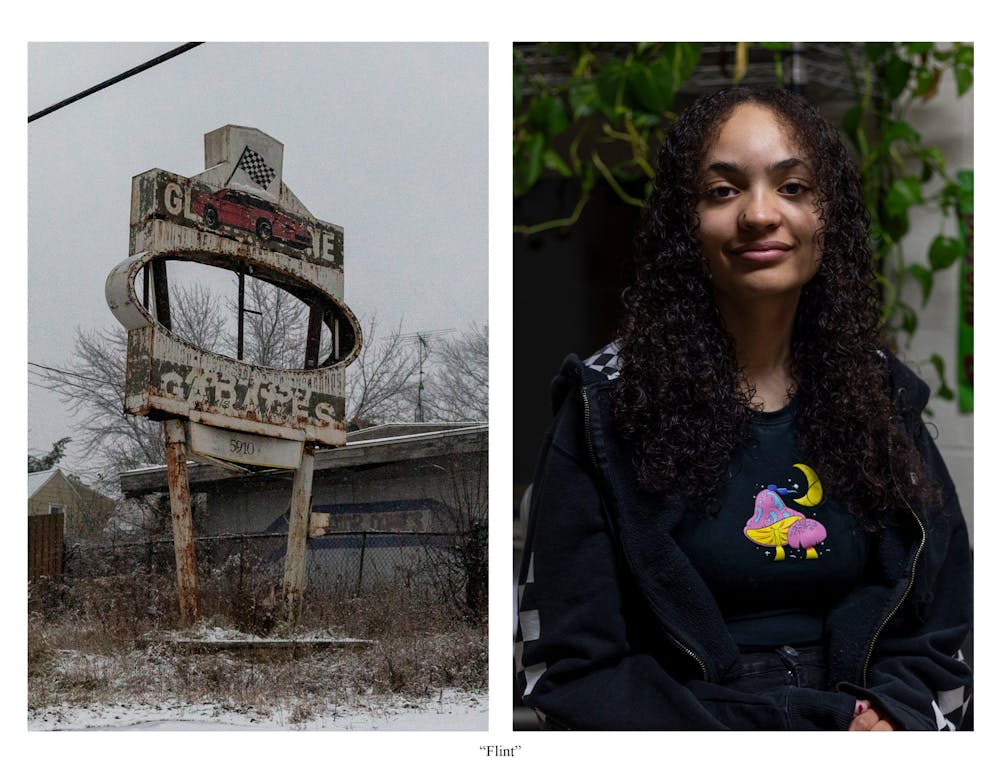
Jada Quinn, 18, is a former resident of Flint and a student attending CMU. She remembers that when she moved to Flint, even after the water crisis, she and her family had to use bottled water for tea, coffee and any other beverages that needed tap water. When bathing, the water smelled heavily of chlorine; she feels that the water crisis has not been solved yet.
Additionally, Quinn said the people of Flint have been failed by the local and state governments, as there is a clear divide between residents who can afford to fix their water and residents who cannot.
An internal audit completed in May of 2022 found that the Environmental Protection Agency did not fully address issues related to the Flint water crisis. The outcome of the internal audit found the citizens of Flint are still at risk from lead in their drinking water due to the following oversights:
- “The Office of Water did not establish controls to require that states are monitoring water system compliance with all Lead and Copper Rule requirements.
- “The Office of Enforcement and Compliance Assurance could not confirm who received training on Safe Drinking Water Act Tools and authorities.
- “The Office of Enforcement and Compliance Assurance did not incorporate functions into its Report a Violation system to assess risks associated with citizen tips and to track resolution of these tips.”
Quinn said she believes: “The worse that Flint does, the better other surrounding cities do.”
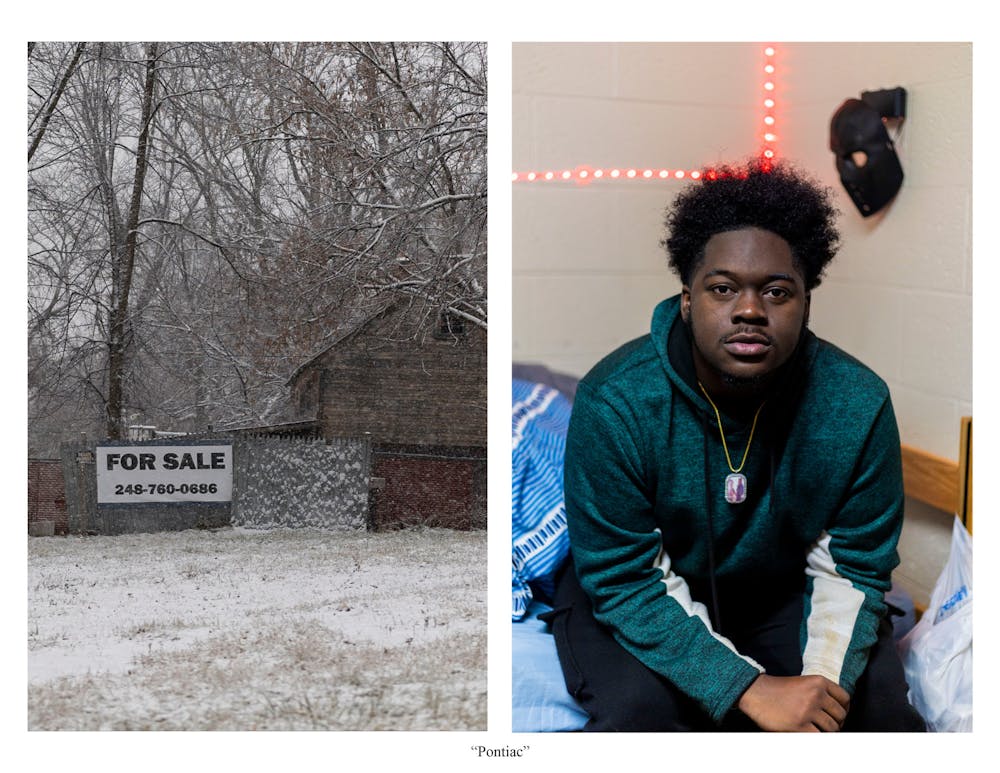
The City of Pontiac was historically redlined, like other cities such as Detroit and Flint. Neighborhoods in historically D-ranked areas of Pontiac are noticeably in poorer condition, with more industrial buildings near residential homes. Neighborhoods that were A-ranked in Pontiac are in better conditions, with fewer industrial buildings near residential areas.
Pontiac resident and CMU student Yel Pilgrim, 19, resided in Detroit before moving to Pontiac at 11 years old.
“The area you grew up in," he said, "does not define who you are.”
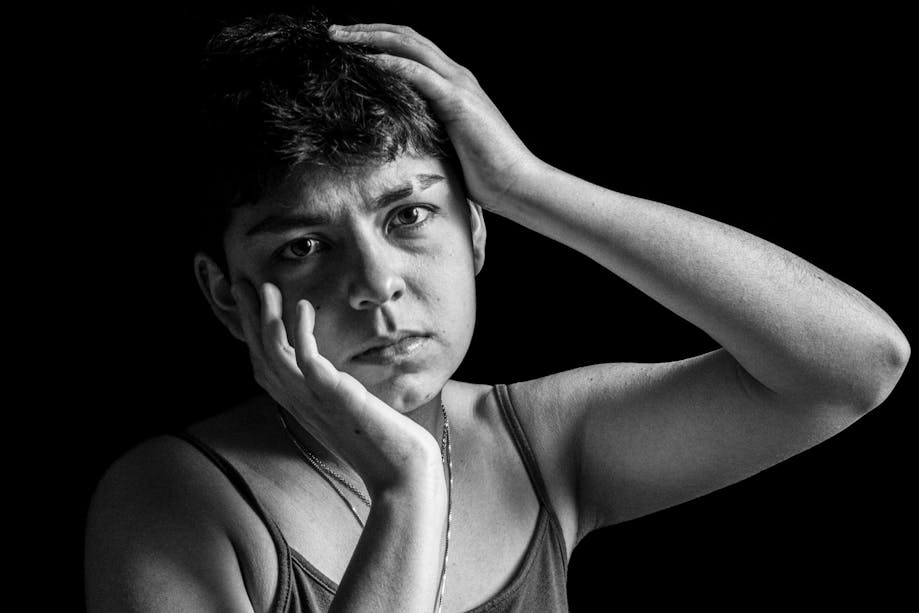
“You make someone not feel like a human being, not feel like a fellow peer, because you’re just looking at them based on their skin color.” - Nico Mendoza
About the artist:
Nico Mendoza is a senior majoring in photojournalism and minoring in art. The product of a mixed-race home, they realized at an early age that people of color are, in their words: "taught to distance ourselves from other skin colors within our communities. ... At the same time, it is engraved in our brains that being white is desirable and beneficial -- while other skin colors are not and are at a disadvantage."
Mendoza has worked for Central Michigan Life for two years, starting as a staff photographer and working their way to the leadership role of visuals editor. They will graduate in May 2024.




